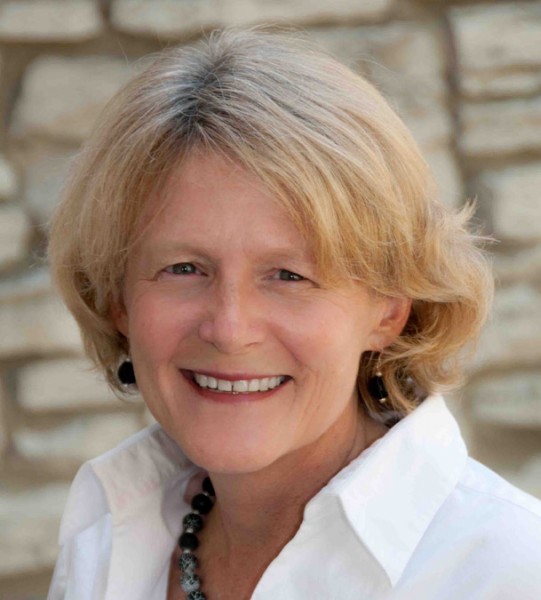‘Indiana at 200’ — The Harmonists near Evansville
 EDITORS NOTE: This is the start of a series of essays leading up to the celebration of the Indiana Bicentennial In December 2016. The essays focus on the top 100 events, ideas and historical figures of Indiana, in chronological order, tying each to a place or current event in Indiana that continues to tell the story of the state.
EDITORS NOTE: This is the start of a series of essays leading up to the celebration of the Indiana Bicentennial In December 2016. The essays focus on the top 100 events, ideas and historical figures of Indiana, in chronological order, tying each to a place or current event in Indiana that continues to tell the story of the state.
By ANDREA NEAL
For one shining moment in the early 19th century, a group called the Harmonists achieved utopia on the Wabash River. Two hundred years later, their experiment continues to inspire visitors to New Harmony, Indiana.
Founded in 1814 by 800 German Pietists and carefully ordered by their leader George Rapp, the town of New Harmony was an exercise in both religious freedom and economic innovation.
 Residents believed they were God’s chosen people and devoted themselves to preparation for the Second Coming of Christ. They renounced private property and practiced celibacy.
Residents believed they were God’s chosen people and devoted themselves to preparation for the Second Coming of Christ. They renounced private property and practiced celibacy.
Unlike other millennialists, who abandoned worldly activities and took to the rooftops to wait for Jesus, the Rappites felt called to create a good and just society on earth.
“That is still the lesson of New Harmony,” says Connie A. Weinzapfel, director of Historic New Harmony. “How do people come together for the success of the town where they live?”
By modern standards, the Harmonists were successful indeed. In the course of a decade, they built more than 180 log, frame and brick structures, including community centers, a granary, a tavern and a church. At its peak, the Harmonie Society had close to 900 members.
The Harmonists grew crops and raised merino sheep, planted vineyards and orchards, established a library and school and started businesses that made pottery, shoes, cloth and rope.
“Their economy was balanced and nearly self-sufficient, and it was very profitable,” writes the historian James Madison in The Indiana Way.
The architecture was especially notable at a time when 70 percent of their frontier neighbors lived in one-room log cabins. A typical Harmonist family dwelling was a two-story frame and brick home modeled after the traditional German hall-kitchen design known as flurkuchenhaus.
Rapp and his followers immigrated to the United States in 1803 after being persecuted in Germany for their pietist and pacifist views. The group initially settled in Pennsylvania, but they outgrew that property and wanted better shipping access, so they moved west and acquired 20,000 acres on the Wabash River in what was still the Indiana Territory.

New and old come together in New Harmony where the David Lenz House, built by the Harmonie Society circa 1820, contrasts with the Atheneum Visitors Center built in 1979. Photo credit: Ruth Reihmann.
Citing scriptural reasons, Rapp decided to move the community back east to the Pittsburgh area in 1824. He sold the town for $135,000 to Robert Owen, a wealthy industrialist of Welsh descent, and William Maclure, a Scottish philanthropist.
The two were seeking a ready-made location to launch their own utopian experiment — this one secular and socialist. It lasted only two years, likely because there was little incentive for people to work and no religious commitment to bind them together.
Owen’s children remained in Indiana and helped create a culturally and scientifically vibrant community that thrived until the 1850s. Many years later, the wife of Owen descendant Kenneth Dale Owen was influential in restoring landmarks from both utopian experiments.
Today, New Harmony is a living museum town that features more than a dozen historic sites and a modern visitors center designed by internationally acclaimed architect Richard Meier.
Directions: Historic New Harmony is 30 miles west of Evansville. From I-64, take Exit 4 and Follow IN-69 South 7 miles to IN-66 West. IN-66 leads directly to New Harmony. The GPS address for the Visitors Center is 401 N. Arthur St., New Harmony, 47631.
Andrea Neal is a teacher at St. Richard’s Episcopal School in Indianapolis and adjunct scholar with the Indiana Policy Review Foundation. She has written extensively about taxes, good governance, higher education, civic education and K-12 reform. Contact her at [email protected].
Indiana Policy Review Foundation is a non-profit education foundation focused on state and municipal issues.
